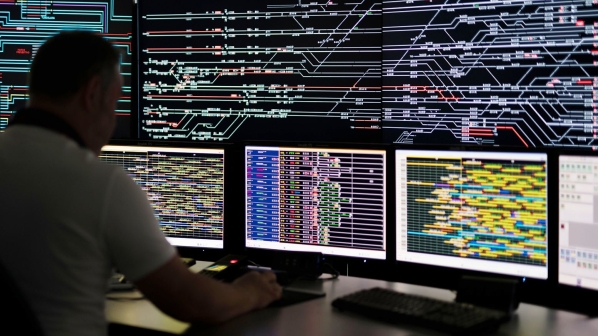ERSAT EAV integrates ERTMS with GPS and the Galileo satellite navigation and geolocation system and public telecommunications networks. The technology locates the trains via satellite and interfaces with ERTMS. By using satellite location and public networks, the system is intended to bring the benefits of ERTMS to lower traffic regional lines with lower installation and operating costs than conventional ERTMS.
RFI says the agreement will enable the creation, validation and certification the ERSAT system, to speed up the commissioning process.
ERTMS Level 2 is currently being installed along the Novara - Rho line. The pilot system will initially use GPS to determine train position, with this subsequently being replaced with the Galileo system.
Ersat promises to reduce the installation and maintenance costs of ERTMS by using a satellite link to create ‘virtual balises’ every 50m to allow signallers to track the position of trains. Some lineside infrastructure is still needed, but base stations would only be needed every 7km rather than balises every 1.3km or less under conventional ERTMS.
The agreement follows an extensive campaign of testing and experimentation with the required satellite technologies, which was launched in close coordination with the Italian Space Agency (ASI) with support from the European Space Agency (ESA) and the European Global Satellite Navigation System (GNSS) Agency (GSA).
RFI completed initial testing of the ERSAT system on the Cagliari - Decimomannu line in Sardinia in February 2017.

